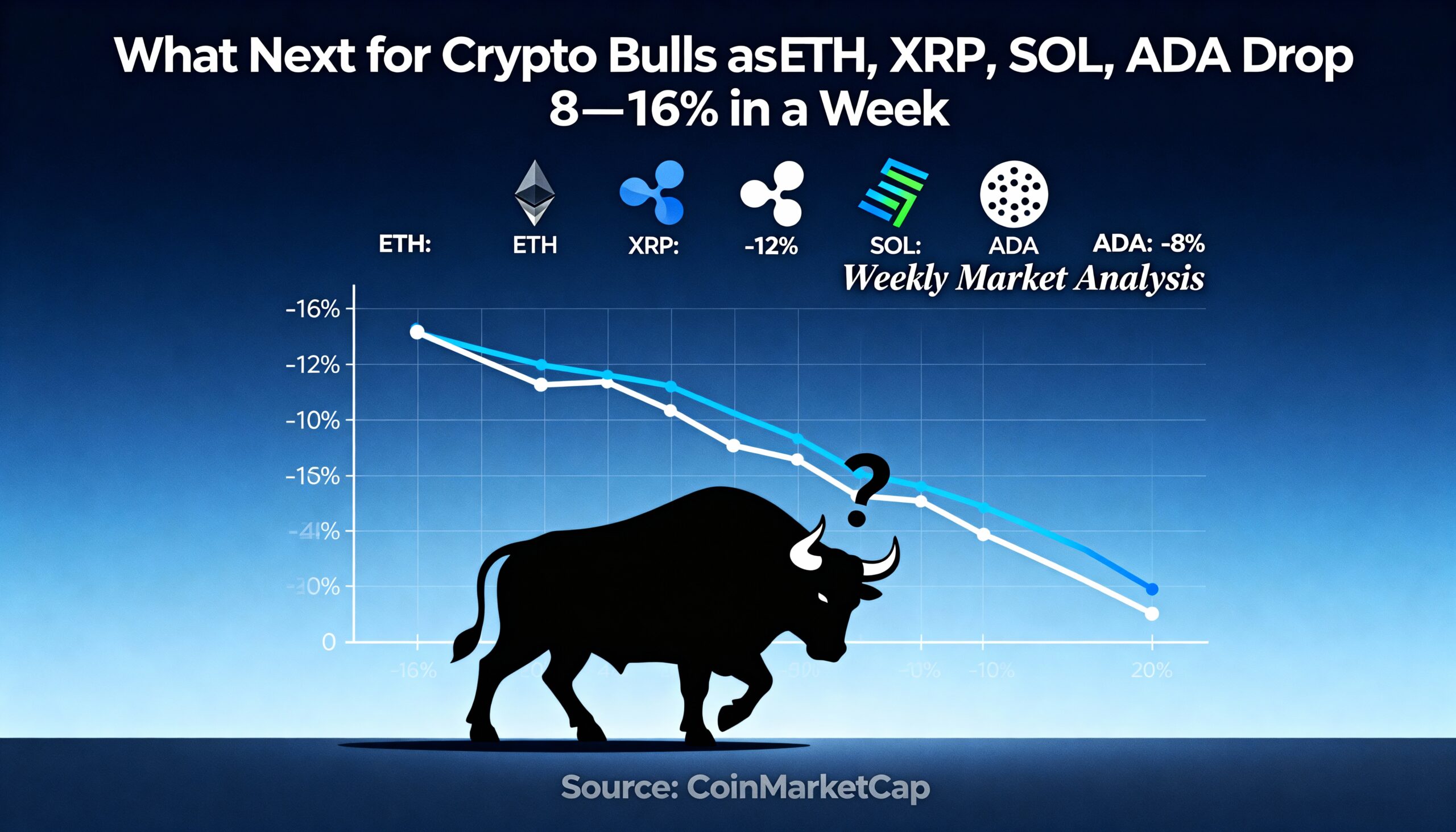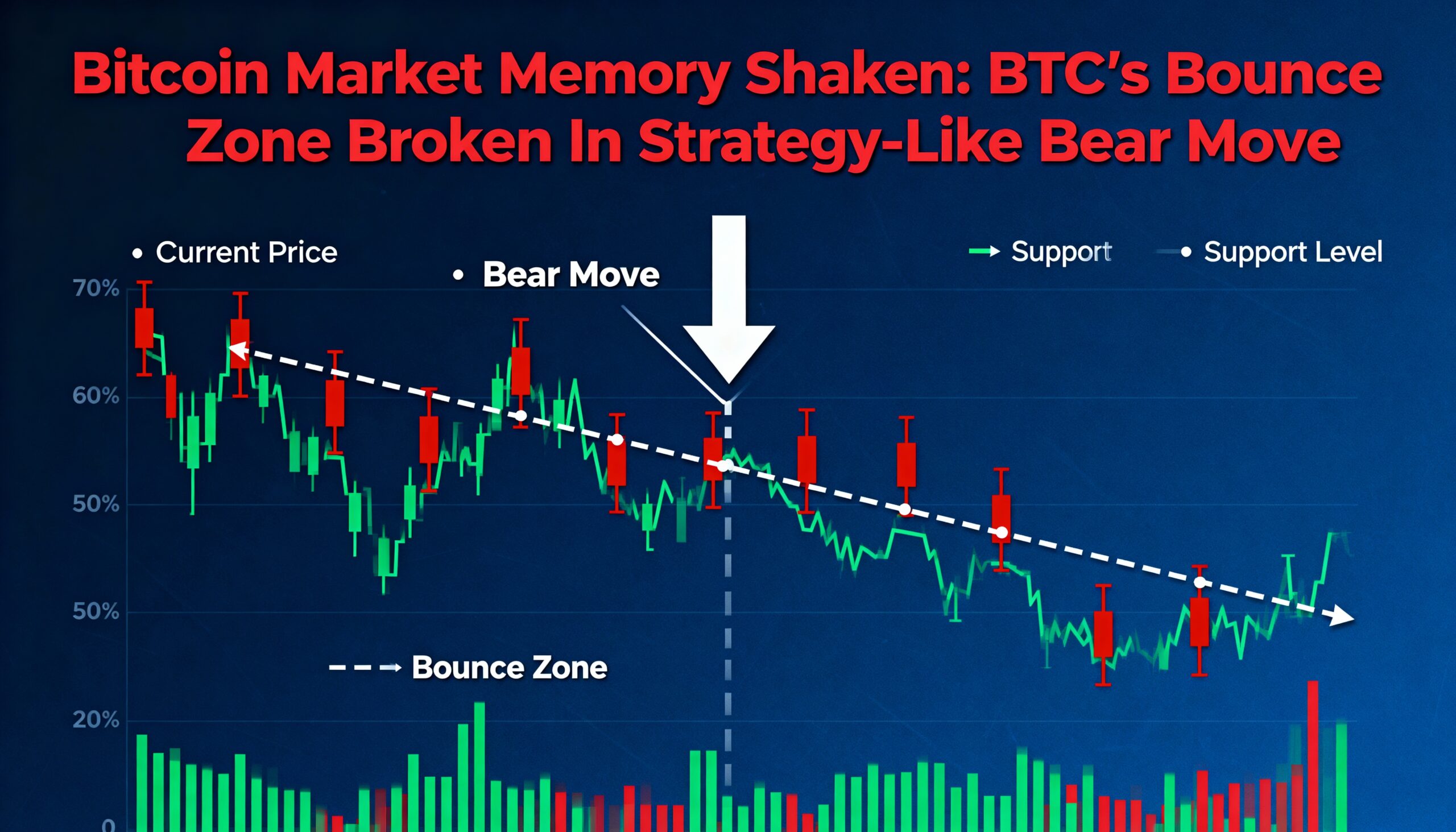
The upcoming options expiry is set to add a layer of complexity to a market that already appears heavily leveraged, according to Deribit. As the year ends, a significant options expiry is expected to inject further volatility into an already unpredictable market.
Options are financial derivatives that grant the purchaser the right to buy or sell an underlying asset at a predetermined price before the expiration date. A call option gives the right to buy, while a put option gives the right to sell.
This Friday at 8:00 UTC, 146,000 Bitcoin options contracts, worth a total of $14 billion, will expire on Deribit. These contracts, each representing one Bitcoin, account for 44% of the total open interest across all Bitcoin options with different expirations, making this the largest expiry event in Deribit’s history. Alongside Bitcoin options, Ethereum options worth $3.84 billion will also expire. Since the Federal Reserve’s meeting, ETH has dropped almost 12%, now trading at $3,400. Deribit dominates the crypto options market, holding more than 80% of the global share.
In-the-Money Expirations
As of now, approximately $4 billion worth of Bitcoin options, around 28% of the total open interest of $14 billion, are expected to expire “in-the-money” (ITM), meaning buyers will profit from these positions. These options may either be closed out or rolled over into the next expiration, potentially causing heightened market fluctuations.
Simranjeet Singh, portfolio manager at GSR, expects a significant portion of the open interest in both Bitcoin and Ethereum to roll over into January 31 and March 28 expirations, which are seen as key liquidity points for the start of the new year.
With a put-call open interest ratio of 0.69 for the Friday expiry, the market shows a preference for calls, with seven puts open for every 10 calls outstanding. This suggests a bullish bias among traders, as call options offer greater upside potential.
However, Bitcoin’s bullish momentum has slowed since last Wednesday, following Federal Reserve Chairman Jerome Powell’s statement ruling out the possibility of Fed purchases of Bitcoin and signaling fewer rate cuts for 2025. Bitcoin has since dropped over 10%, now hovering around $95,000, according to CoinDesk indices.
This puts traders who are leveraged long on Bitcoin at risk of more significant losses. If these traders decide to exit their positions, it could lead to further market volatility.
Heightened Risk of Volatility
Deribit’s CEO, Luuk Strijers, warned that the market is highly leveraged to the upside after the bullish momentum stalled. This positioning increases the risk of a rapid snowball effect should a sharp downward move occur. “All attention is on this expiry, as it could set the stage for market trends going into the new year,” Strijers said.
Uncertainty in Market Direction
As the record expiry approaches, there is notable uncertainty regarding the market’s next move. Strijers noted, “The highly anticipated annual expiry is poised to conclude a strong year for bulls, but directional uncertainty persists, underscored by rising volatility-of-volatility (vol-of-vol).”
Volatility-of-volatility measures fluctuations in the volatility of an asset, showing how much an asset’s volatility itself changes over time. High vol-of-vol suggests that price movements are highly sensitive to external news and economic data, leading to rapid price shifts and requiring frequent adjustments to positions.
Bearish Sentiment Around ETH
Current options pricing suggests a more bearish outlook for Ethereum relative to Bitcoin. Andrew Melville, a research analyst at Block Scholes, observed that while Bitcoin’s volatility smile remains stable, the implied volatility of calls for Ethereum has dropped significantly. This implies lower demand for bullish bets on ETH, suggesting weaker sentiment for the asset.
This bearish sentiment is further confirmed by the options skew, which compares how much investors are willing to pay for calls versus puts. For Ethereum, the put-call skew ratio is more bearish, at 2.06% in favor of puts, compared to Bitcoin’s more neutral 1.64%. This shift indicates that investors are more cautious on Ethereum than on Bitcoin.
Overall, as the year-end approaches, market positioning suggests a more cautious outlook, particularly for Ethereum, which is facing greater bearish sentiment compared to Bitcoin.























